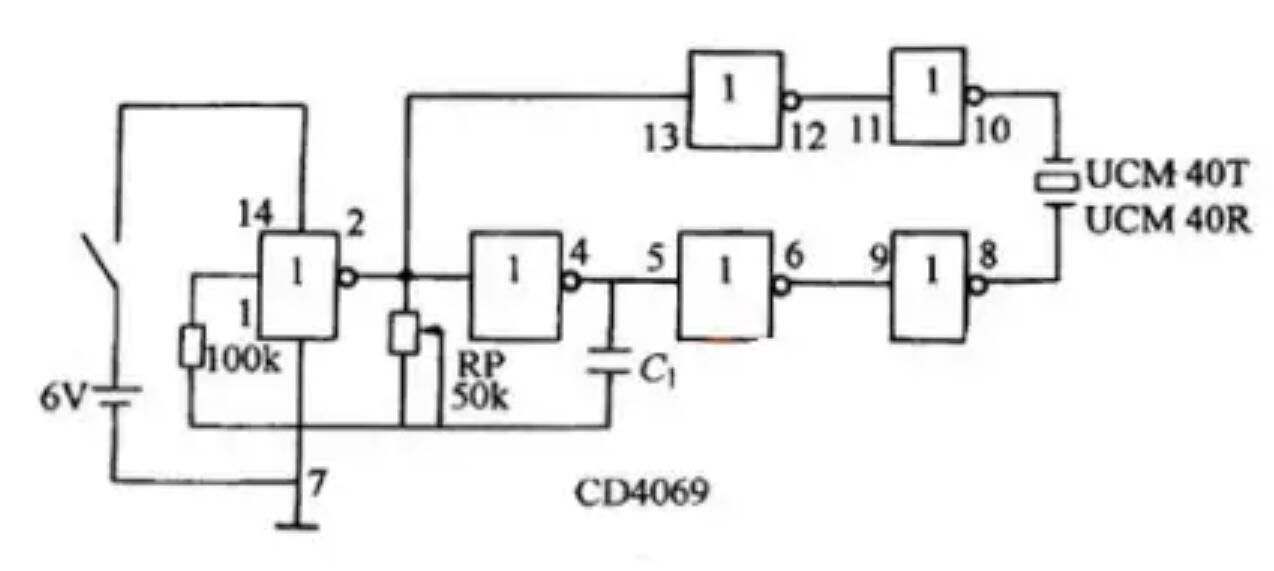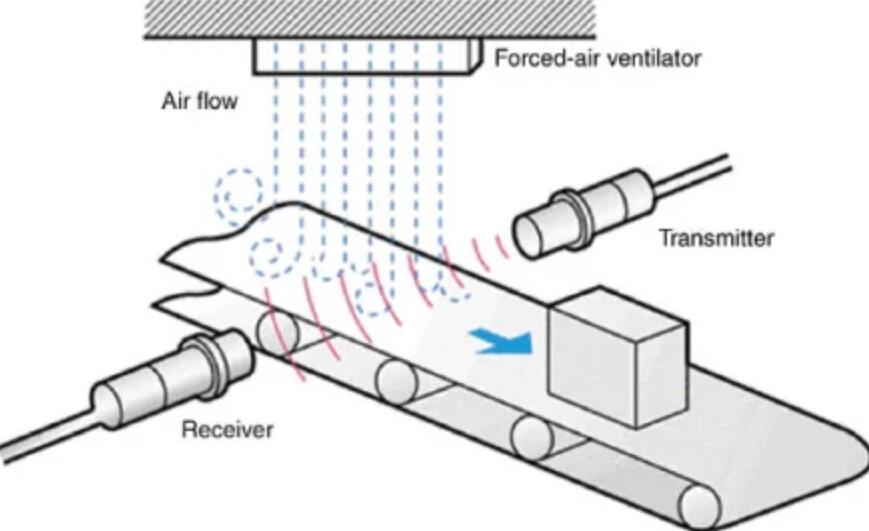Human beings can hear sound because of the vibration of objects. Its frequency is in the range of 20Hz-20KHz. If it exceeds 20kHz, it is called ultrasonic wave, and if it is lower than 20Hz, it is called infrasonic wave. The commonly used ultrasonic frequency is tens of kHz - tens of MHz.

Ultrasonic sensor uses acoustic medium to detect the object without contact and wear. Ultrasonic sensor can detect transparent or non-ferrous objects, metallic or non-metallic objects, solid, liquid and powdery substances. Its detection performance is hardly affected by any environmental conditions, including smoke environment and rainy days.
Detection mode
Ultrasonic sensor mainly adopts direct reflection detection mode. The detected object in front of the sensor partially transmits the transmitted sound wave back to the receiver of the sensor, so that the sensor can detect the detected object.
There are also some ultrasonic sensors that use the opposite detection mode. A set of opposed ultrasonic sensors includes a transmitter and a receiver, between which "listening" is maintained continuously. The detected object between the receiver and the transmitter will block the receiver from receiving the transmitted sound wave, so the sensor will generate a switching signal.

Detection scope
The detection range of ultrasonic sensor depends on its wavelength and frequency. The longer the wavelength, the smaller the frequency, and the larger the detection distance. For example, the detection range of the compact sensor with millimeter wavelength is 300~500mm, and the detection range of the sensor with wavelength greater than 5mm can reach 8m. Some sensors have a narrow 6 º acoustic emission angle, so they are more suitable for accurate detection of relatively small objects. Other sensors with acoustic emission angles ranging from 12 º to 15 º can detect objects with large inclination angles. In addition, we have an external probe type ultrasonic sensor, and the corresponding electronic circuit is located in the shell of the conventional sensor. This structure is more suitable for testing occasions with limited installation space.
Degree of protection
The shell can prevent solid particles and water.
IP65: completely dustproof; Intrusion of waterproof column.
IP67: completely dustproof; It can be effectively protected by immersing in the water at a constant temperature at a depth of 1m and placing it for 30 minutes.
Ip69k: comply with din40050-9 based on en60529
